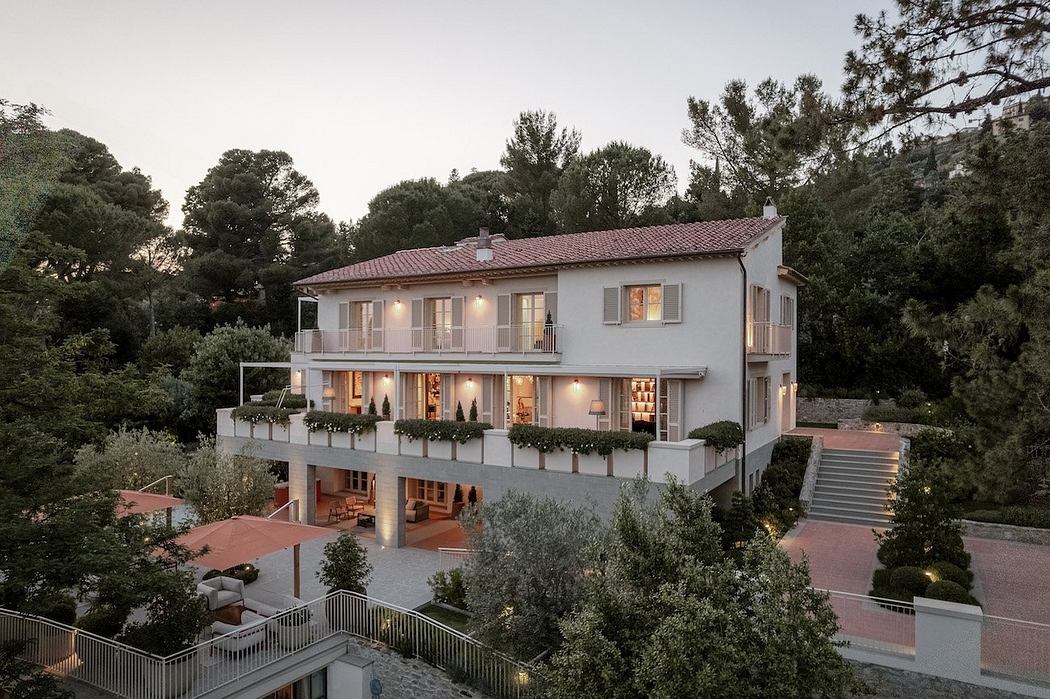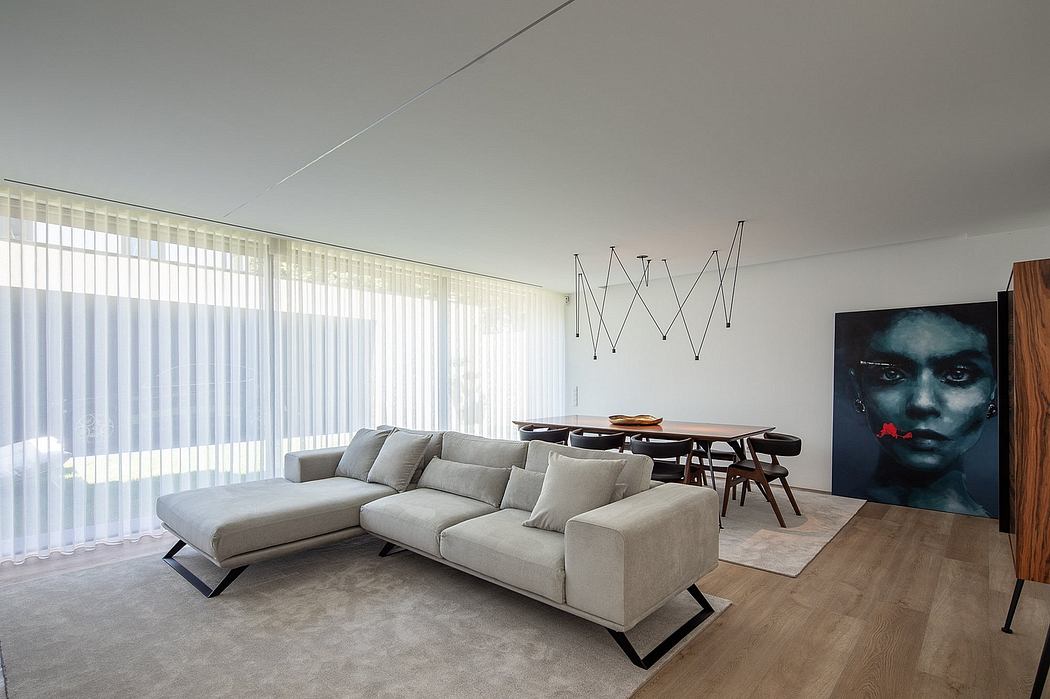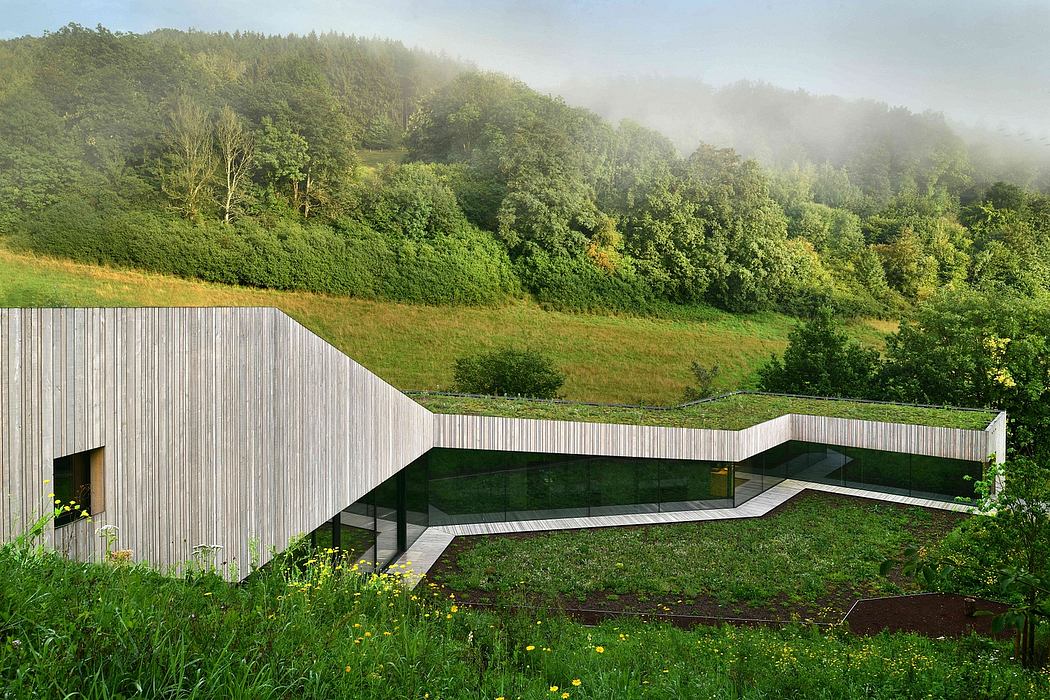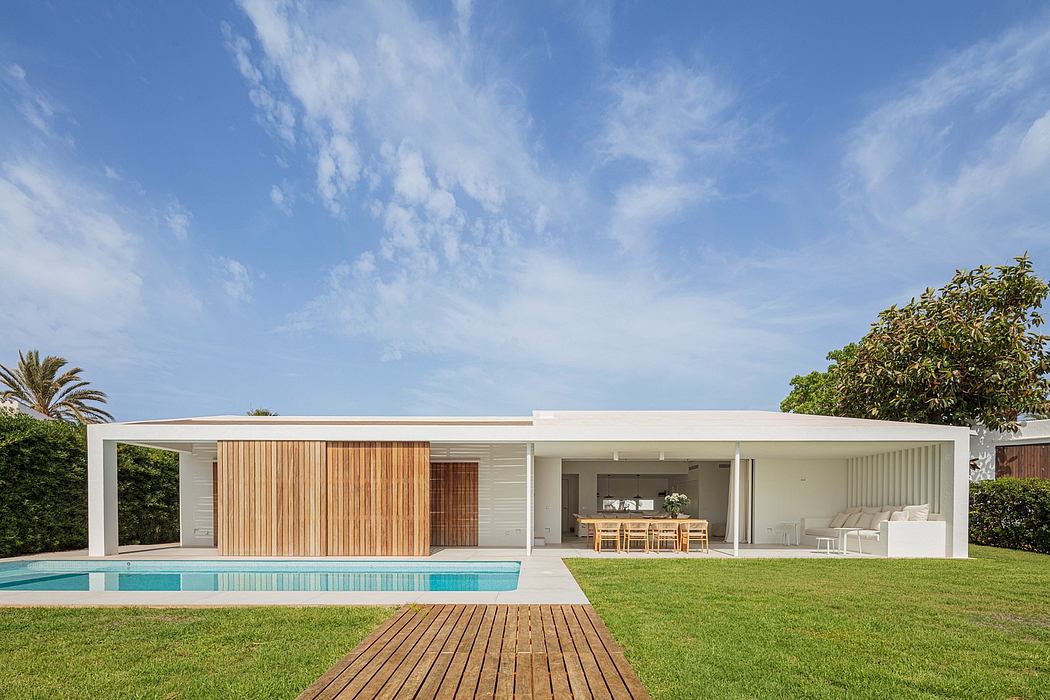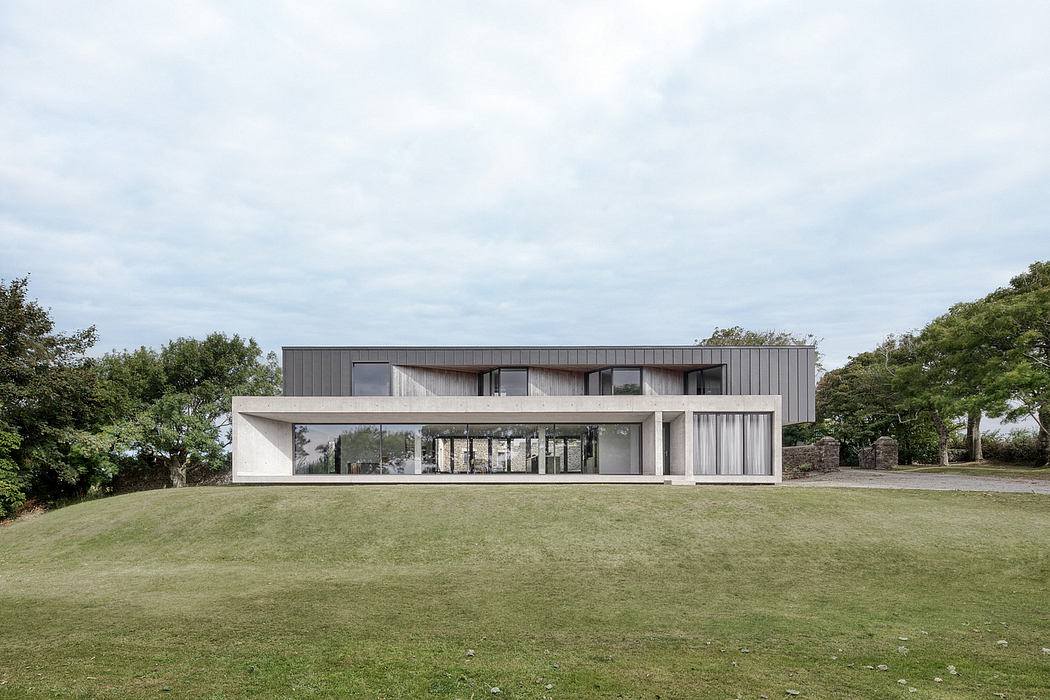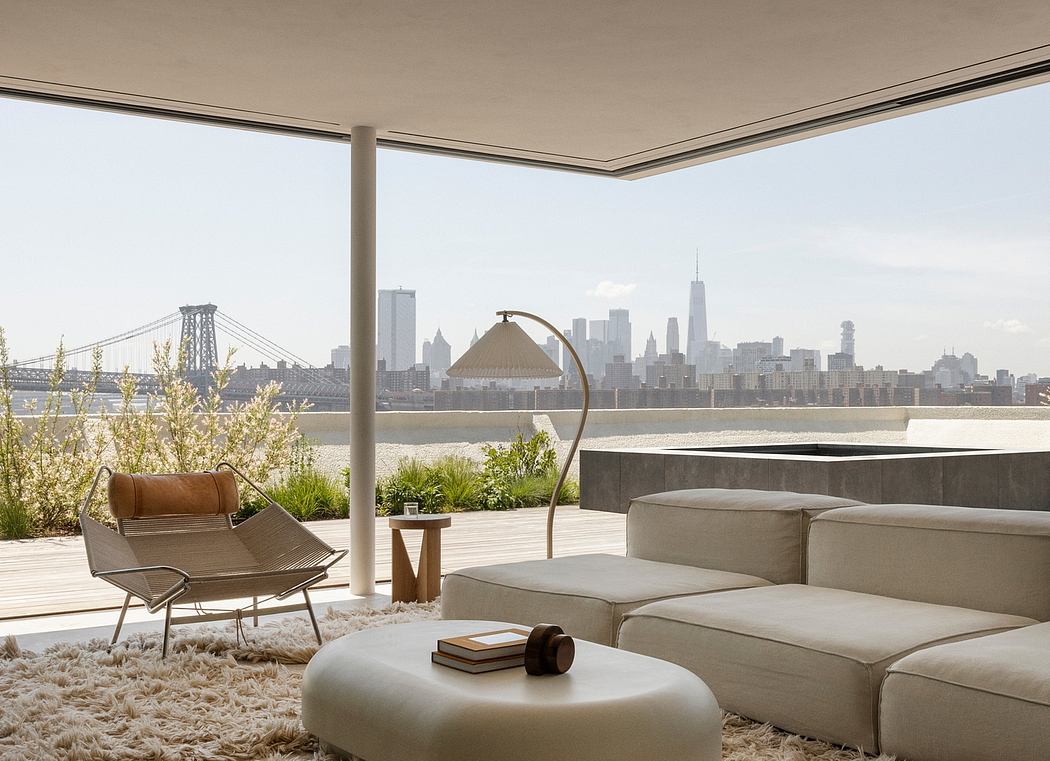Pop-In, Pop-Out, Pop-Up: Collapsible Street Cinema Uses Film to Reflect on Soviet Russia in Venice

Designed for the V-A-C Foundation, Venice-Based Israeli architect Omri Revesz?s adjustable Street Cinema rests lightly next to a canal in Venice, Italy, expanding, contracting, opening, and closing as its program changes.Â
Designed for the V-A-C Foundation, Venice-Based Israeli architect Omri Revesz?s adjustable Street Cinema rests lightly next to a canal in Venice, Italy, expanding, contracting, opening, and closing as its program changes. Acting as a social gathering point during the day and an open-air cinema at night, the structure was open for the 74th Venice Film Festival as part of the V-A-C?s Venice Art Biennale 2017 exhibition Space Force Construction ? a reflection on the centenary of the Soviet Revolution.
© Nicolò Zanatta
Cinema was a crucial tool for the spread of information during the early stages of the Soviet period, being the most effective way to unite people in a state ravaged by the effects of civil war. The Street Cinema sought to reference the Soviet Agit-train and Agit-cinema and reflect on the powerful influence of visual media on social and political contexts.
The logic of Russian Constructivism inspired the metal elements that hold together the modular wooden structure. These frames could be pulled back and forth, accommodating a range of cultural purposes, from conferences and public discussions to artistic performances and film screenings. The adjustable curtain mechanism furthered the changeable intimacy, dicta...
Designed for the V-A-C Foundation, Venice-Based Israeli architect Omri Revesz?s adjustable Street Cinema rests lightly next to a canal in Venice, Italy, expanding, contracting, opening, and closing as its program changes. Acting as a social gathering point during the day and an open-air cinema at night, the structure was open for the 74th Venice Film Festival as part of the V-A-C?s Venice Art Biennale 2017 exhibition Space Force Construction ? a reflection on the centenary of the Soviet Revolution.
© Nicolò Zanatta
Cinema was a crucial tool for the spread of information during the early stages of the Soviet period, being the most effective way to unite people in a state ravaged by the effects of civil war. The Street Cinema sought to reference the Soviet Agit-train and Agit-cinema and reflect on the powerful influence of visual media on social and political contexts.
The logic of Russian Constructivism inspired the metal elements that hold together the modular wooden structure. These frames could be pulled back and forth, accommodating a range of cultural purposes, from conferences and public discussions to artistic performances and film screenings. The adjustable curtain mechanism furthered the changeable intimacy, dicta...
| -------------------------------- |
|
|
Villa M by Pierattelli Architetture Modernizes 1950s Florence Estate
31-10-2024 03:55 - (
architecture )
Leça da Palmeira House by Raulino Silva
31-10-2024 03:55 - (
architecture )

